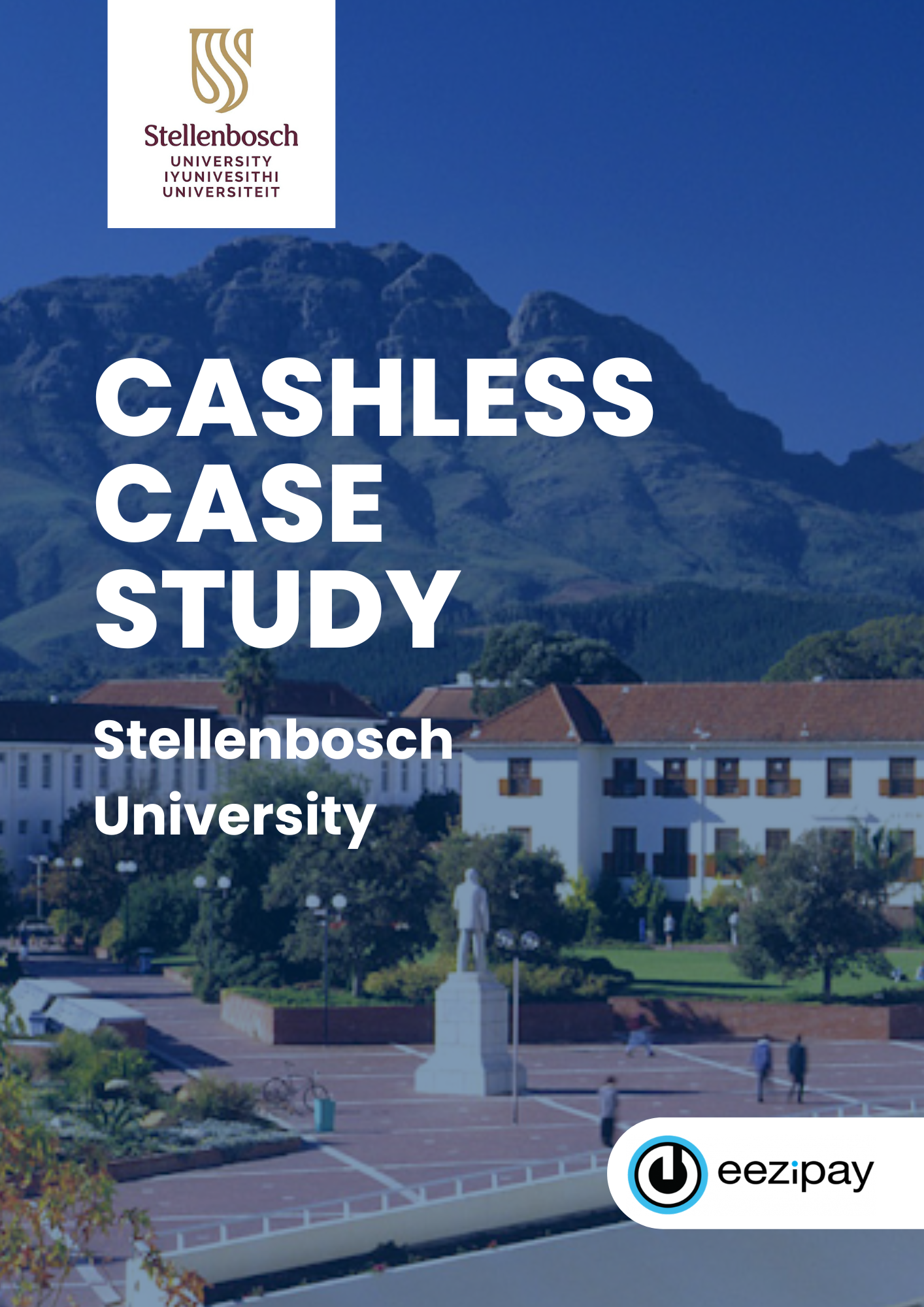The way students pay for accommodation is changing rapidly – and for good reason. In South Africa’s higher education landscape, residence managers and bursars face growing pressure to provide seamless, transparent, and secure financial experiences for students and their families. Gone are the days when envelopes of cash or manual bank transfers were the norm; today’s students expect fast, digital-first payment options that fit the realities of modern campus life.
Yet, many student housing operators still rely on outdated processes that create unnecessary risk and inefficiency. Cash handling leaves room for loss, theft, and mismanagement, while manual reconciliations stretch finance teams thin and complicate reporting. For students and parents, these methods are frustrating, time-consuming, and lack the visibility they need to feel in control of their finances.
Integrated digital housing payment systems offer a powerful solution. By automating collections, streamlining workflows, and enabling mobile convenience, they not only reduce administrative burdens but also transform the way student accommodation is managed.
In this guide, we explore the future of student housing payments in South Africa, highlighting the challenges of cash and manual systems, the advantages of digital platforms, and practical steps residence managers and bursars can take to adopt smarter, future-ready solutions.
Table of Contents
Understanding the Current Landscape of Student Housing Payments
To understand where student housing payments are heading, residence managers and bursars must first recognise where the sector currently stands.
- Growing demand for student housing
South Africa is facing a significant shortage of student accommodation. It is estimated that there is a deficit of over 500,000 student beds, meaning many students must seek private accommodation or use informal housing alternatives. - Payment delays and funding uncertainties
The National Student Financial Aid Scheme (NSFAS) plays a crucial role in covering accommodation costs for numerous students. However, delays in disbursements and verification of claims have repeatedly created cash-flow challenges for both accommodation providers and students. In some cases, providers report dozens of millions of rands outstanding. - Student expectations and financial inclusion
Many students expect to handle their payments digitally: via online portals, mobile apps, bank transfers, or even card and QR-based payments. At the same time, financial inclusion is a real concern. Some students and parents have limited access to banking or reliable internet, which can complicate the adoption of purely digital systems. - Regulation, compliance, and transparency pressures
Due to reports of substandard accommodation, safety issues, and instances of landlords not receiving payment, there is increased scrutiny from both the government and student organisations. The visibility of payment processes is increasingly important.
The Limitations of Cash and Manual Payment Systems
Though traditional methods have served in the past, they now create major operational bottlenecks. Here are the key limitations of cash and manual payment systems.
- Security Risks
Handling large amounts of cash presents theft, loss or misplacement risks. Also, counterfeit issues or manual errors in counting or record-keeping are common. - Administrative Inefficiency
Manual receipts, physical forms, paper-based sign-offs, bank deposit slips and manual reconciliation all consume a lot of time from both finance and residence office teams. Errors in transcription or late bank deposits can complicate tracking. - Delayed Reporting and Poor Visibility
Because records are updated slowly (often only when staff have time to collate paper receipts or bank statements), there can be delays in identifying outstanding debts, non-payments, or even theft/misallocations. - Student and Parent Frustration
Queues and the need to submit payments in person, along with physically visiting banks or offices, can be burdensome. Also lacking transparency — students/parents often don’t know exactly when a payment clears, or whether their payment was allocated correctly. - Difficulties Scaling
As student numbers rise, residence portfolios expand, or private providers take on more students, manual systems struggle to keep up. Increased errors, delays, and student complaints. - Cash Flow Uncertainty
In South Africa, many institutions depend on external funding, such as NSFAS. Delays in claims or verification often leave residence managers uncertain about when income will be received. This can impact maintenance, staffing, utilities and other operational necessities.
These risks highlight why modernising student housing payment systems is no longer optional but essential for operators who want to stay competitive.
Why Integrated Digital Housing Payment Systems Are the Future
Transitioning to a unified digital payment system for student residence payments presents several significant advantages. These benefits are particularly relevant in the South African context.
- Real-time tracking and reconciliation
Digital payments through EFT, cards, and payment apps can integrate with platforms that automatically record transactions. This reduces the lag between payments being made, being verified, and being recorded. - Improved security and reduced risk
Less cash means fewer risks of theft and mismanagement. Digital systems usually have built-in fraud detection, encryption, audit trails, and access controls. - Transparency for students and guardians
Digital portals enable students and parents to view payment status, receive instant receipts, track history, and understand balances. This builds trust and reduces enquiries and disputes. - Cost savings and operational efficiencies
Though there is an upfront investment, digital systems reduce costs over time (staff time, paper, storage, cash deposits, reconciliation). - Flexibility of payment options
Multiple payment methods (bank EFT, debit orders, card, mobile money, QR codes, apps) cater to different user preferences and inclusion levels. - Better financial planning and forecasting
With more accurate and timely data, bursars and finance managers can better project income from student residence payments, manage cash flows, plan maintenance, and respond to risk. - Regulatory and audit compliance
Digital systems help ensure compliance with policies (e.g. NSFAS requirements, financial audit rules) because data is recorded automatically and transparently.
Comparing Manual vs Digital Student Housing Payment Workflows
Below is a table comparing typical workflows for cash/manual methods versus digital/integrated methods, from the perspectives of operations (residence manager), finance (bursar’s office), and students/parents.
| Aspect | Manual/Cash Workflow | Digital/Integrated Workflow |
|---|---|---|
| Student / Parent Payment Initiation | Student makes payment in person, via bank deposit slip, or pays cash to the residence office; often needs a physical receipt. | Student logs in to an online portal or app; selects payment method (EFT, card or debit order); may set up recurring payments. |
| Receipt / Proof of Payment | Hand-written or printed receipt; manual filing; sometimes delayed processing. | Instant digital receipt; email or app notification; automatically stored in the system. |
| Reconciliation (Finance) | Staff collect physical or scanned bank slips, cash counts, and match them to the ledgers manually; high error risk; delays of days/weeks. | System automatically imports payment data; matches to invoices/residence accounts; minimal manual intervention; fast error detection. |
| Verification of NSFAS or External Funding | Providers may need to submit paper claims, experience delays for validation, and have inconsistent tracking. | System integrates with funding bodies or institution systems; automated verification workflows; real-time or near-real-time status updates. |
| Handling Disputes / Queries | Student or parent may need to visit the office, search through paperwork, and experience slow resolution. | Queries logged via portal; staff have full digital history; faster resolution; often less friction. |
| Reporting & Audits | Monthly or quarterly reports compiled manually; risk of missing data; harder to identify trends (late payments, arrears). | Reports generated on demand; dashboards; trend analysis; audit logs are built-in; granularity available. |
| Cash Flow & Forecasting | Uncertainty due to delays in depositing cash, missing payments, and manual errors. | Predictable inflows; forecasting tools; visibility into upcoming receivables; better financial planning. |
The table makes it clear: manual workflows create delays and risks, while digital systems deliver speed, accuracy, and transparency for student housing payments.
Key Features to Look for in Modern Student Housing Payment Systems
When evaluating digital payment systems or partners, residence managers and bursars should pay attention to:
- Automated reconciliation & invoicing: Ensures that when a payment is made, it’s matched to the right residence account and invoice without manual cross-checking.
- Multiple payment channels: Support for EFT, card payments, mobile apps, debit orders, QR codes, etc. Flexibility increases accessibility.
- Transparent student/parent portal: Allow students or families to view their payment status, access receipts, see what is owed, and understand penalties or late fees clearly.
- Security & compliance: Encryption, PCI-DSS (if card payments are involved), data protection, access rights, and audit trails. Also, compliance with NSFAS or other funding bodies’ policies.
- Integration with other systems: Student management systems, residence access, utilities billing, and room bookings. To reduce duplication and data silos.
- Flexibility in billing models: Ability to handle deposits, utility charges, penalties, and monthly or semester billing.
- User experience & ease of use: Intuitive interfaces for students, parents, and staff; mobile-friendly; low friction in payment flows.
- Analytics & reporting dashboards: To monitor arrears, payment completion, occupancy vs income projections.
For a deeper look at how technology is shaping residence life, see how digital platforms are changing student living across South Africa.
Choosing a system with these features ensures your student housing payments are future-ready, efficient, and trusted by both students and parents.
Local Trends Shaping the Future of Student Housing Payments in South Africa
Fintech innovation is driving new channels for student housing payments. Understanding what is happening locally is crucial for devising systems that function effectively in their context.
- NSFAS payment/Cash flow challenges
The National Student Financial Aid Scheme remains central in funding student accommodation. But repeated issues have emerged: late disbursements, verification bottlenecks, and outstanding payments to providers. These delays have real implications for operating costs and service delivery. - Demand far exceeding supply
With a shortfall of over 500,000 beds, many students are housed via private providers. This places even greater importance on having efficient and reliable payment systems. Private providers often have less resilience or fewer buffers when payments are delayed. - Fintech innovation and expanded digital access
South Africa’s payments industry is evolving rapidly. There is an increasing demand for more omnichannel payment methods—integrating online, in-person, and mobile transactions—alongside a greater emphasis on financial inclusion and the ease of using digital wallets or app-based payments. - Regulatory and oversight pressure
Media, student groups, and regulatory bodies are paying more attention to housing quality, safety, payment transparency, and unfair practices. Residence managers need to ensure that payment systems meet oversight expectations.
How Residence Managers and Bursars Can Transition Successfully
Transitioning from manual/cash-based workflows to integrated digital student housing payment systems is not just a matter of buying software — it involves strategy, stakeholder engagement, and careful change management. Here are the steps and considerations:
- Assess current systems and identify pain points
Map out how payments are currently made, who is involved (students, bursars, NSFAS, private providers), where delays or errors happen, and what costs/time are involved. - Engage stakeholders early
This includes finance staff, residence office, IT, students and parents/guardians. Gather feedback on what works and what doesn’t. Communicate clearly how the change will benefit everyone. - Choose the right technology partner
Seek vendors or providers who understand the student housing landscape in SA, can integrate with institutions’ and NSFAS systems, and who offer support and upgrade paths. - Pilot before full rollout
Try the system in a single residence, or with a subset of students, to test workflows, resolve unforeseen issues, gather feedback, and refine. - Train users
Both staff (finance, residence admin) and students need training: how to use the portal, how digital receipts work, what to do when payments fail and how to view balances.. - Ensure fallback handling and support
Recognise that some students may still need to use less common payment methods. Also, provide support for handling system outages, payment disputes, or manual interventions when needed. - Monitor, measure and iterate
Use dashboards and reports to track arrears, payment success rate, delays, customer satisfaction, and the number of queries. Adjust policies (late fees, reminders) and workflows based on data.
Future Outlook – Beyond Payments
Looking ahead, the evolution of student housing payment systems will likely extend far beyond just how rent gets paid:
- Full financial ecosystems
Integration could expand to include utilities, meals, printing, laundry, and other ancillary services – bundled into one payment system or portal to reduce friction. - Smart housing and IoT
Using technology to monitor usage (e.g. utilities, access), trigger automatic billing or notifications, enable remote locking/unlocking or services tied to payment status. - AI / predictive analytics
Systems may forecast which students are likely to default, when seasonal cash-flow challenges might hit, or help optimise pricing or payment plan options. - Sustainability and green infrastructure
Less paper, less cash-handling, digital receipts, and even apps that remind about energy usage or environmental footprint could become features that institutions or students care about. - Greater inclusivity and creative payment plans
Flexible payment schedules (monthly, fortnightly, instalments), early-bird discounts, or payment via mobile wallets or other fintech channels, to cater to students with diverse financial means.
Sustainability will play a larger role as institutions reduce paper, eliminate manual processing, and adopt eco-friendly tools.. This is why cashless residences drive sustainability and align closely with the priorities of both universities and investors.
As South Africa’s higher education sector continues to expand, investing in digital solutions will be the key to securing efficient, transparent, and student-friendly housing payment systems.
Conclusion
Student housing in South Africa is at a turning point. The traditional methods of cash‐based payments and manual reconciliations are increasingly untenable — not only because of inefficiencies, but because the expectations of students, the risks to residence providers, and the demands from regulatory or funding bodies are all rising.
For residence managers and bursars, the future lies in adopting integrated, digital housing payment systems that provide transparency, efficiency, security, and scalability. Those who make this shift will be better positioned to manage cash flow, maintain student satisfaction, and ensure operational resilience.
Take Action: Transform Your Payment Systems Today
If you’re ready to explore or upgrade your payment systems, consider how Eezipay’s cashless campus and residence solutions can help streamline your workflows, reduce risk, and offer modern payment options. To get started:
- Reach out for a demo to see how digital reconciliation and student portals work in practice.
- Talk to finance teams about integrating with NSFAS or institutional funding to ensure smooth verification.
- Pilot in a single residence or cohort, gather feedback, and scale up with confidence.
To help you choose the right system, explore our guide on How To Choose The Right Cashless School System, and see how cashless commercial services are already transforming student life across South Africa.


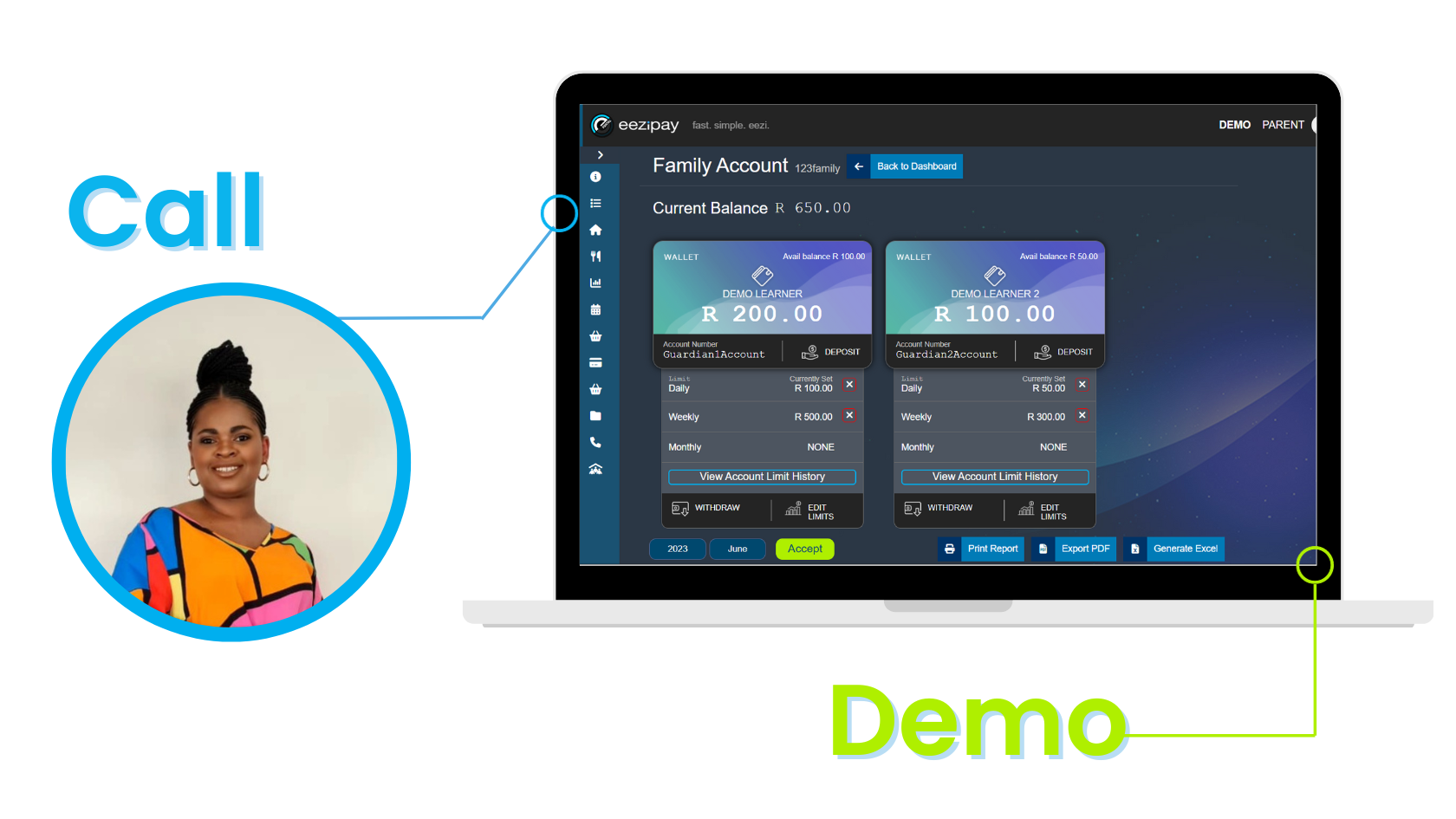

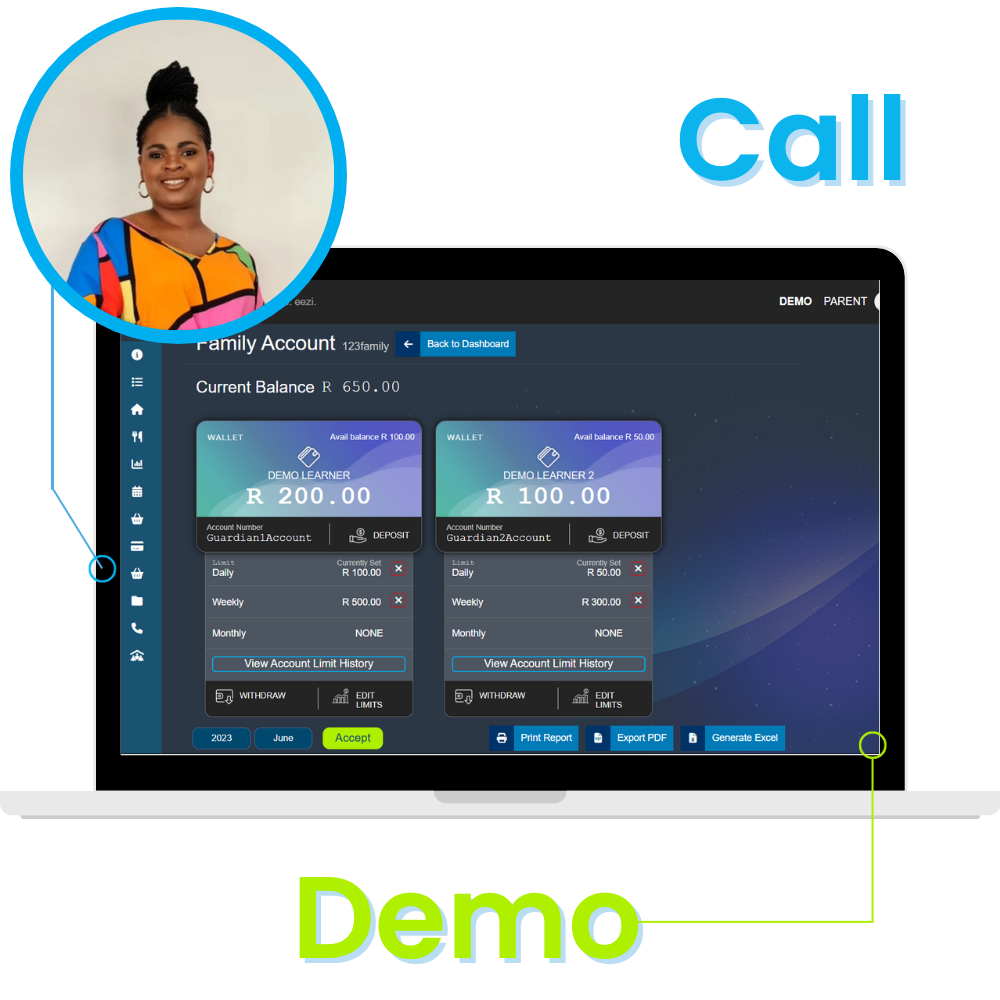
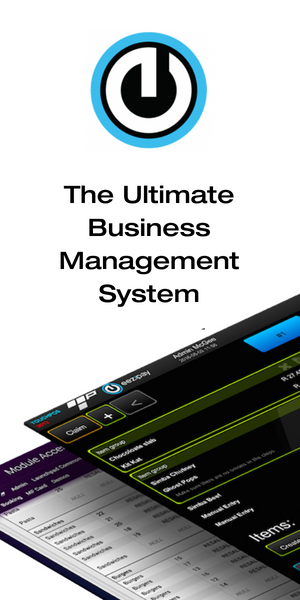
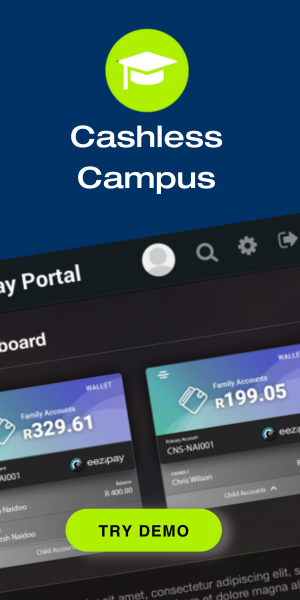
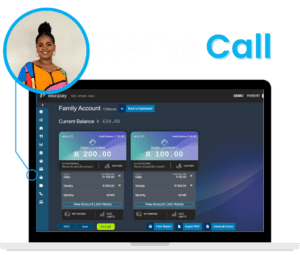

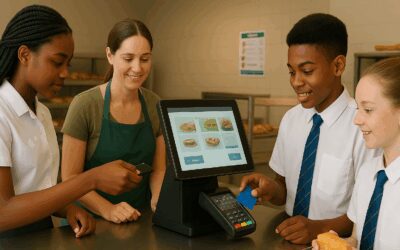
![How QR Code Payments Are Powering a Brighter Future for Universities [2025]](https://eezipay.com/wp-content/smush-webp/2025/05/QR-Codes-Payments-For-Universities-400x250.png.webp)
